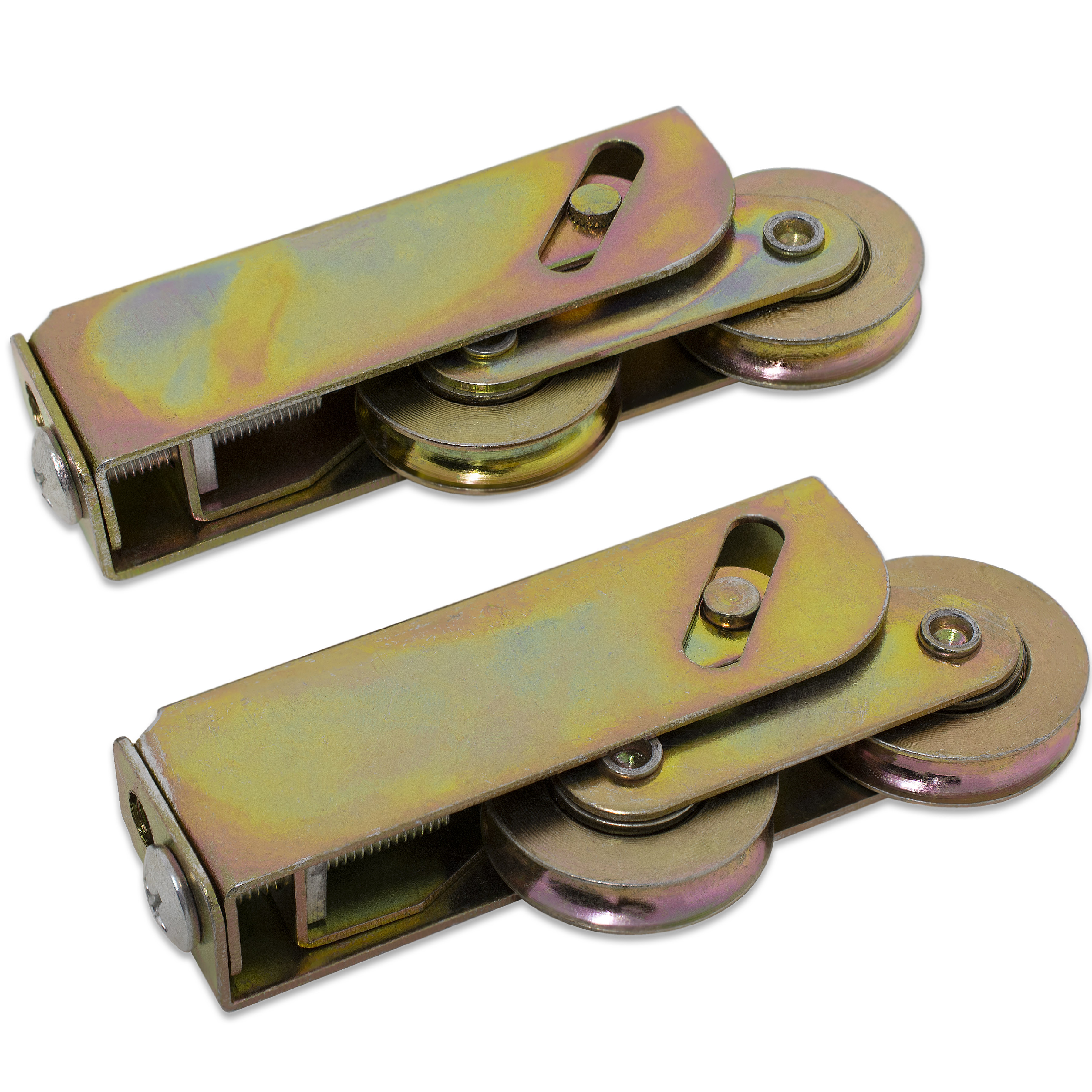
H元 – the most stringent of three Hazard Levels – indicates where material behaviour gives rail passengers the greatest chance of orientating themselves and not suffocating from toxic fumes in the event of fire. The thresholds for oxygen index, smoke density and toxicity are outlined in the requirement sets R22, R23 and R24. The classification system defined in EN 45545-2 specifies requirements for the fire behaviour of materials and products used in rolling stock. More than 75,000 products, many years of industry know-how and a high degree of development competence make HellermannTyton one of the leading companies for sophisticated solutions in bundling, fastening, identifying, protecting and processing cables and wires in rail vehicle construction. The highest quality, maximum service life and compliance with the strictest safety criteria are absolute requirements. There is hardly any other industrial sector that puts such high demands on components and solutions as modern rail vehicle construction.

When final cable roller positions are confirmed and all other services are suitably protected the cable pull can be started.HellermannTyton Certified Cable Management – From Rolling Stock to Infrastructure Your Partner with over 80 Years’ Experience in Cable Management Solutions for the Rail Industry


Rollers with skid plates of a radius greater than the cable minimum dynamic bending radius should be used on all bends.īefore commencement of cable pulling, initial tension of the cable should be taken up to remove the slack out of the bond wire – cable rollers along the trench route should be visually checked for sharp edges or projections and adjusted to line up with the taut bond and a final check should then be made to ensure that utility or cable services which may be abraded by the cable during installation are suitably protected. Straight Cable Rollers – HSP125 up to 125mm diameter cables | LV MV HVĬable rollers provide correct levels of support and stability to ease the installation of medium/high voltage cables into cable trenches – here 3 x cable drums of 33kV power cables await laying into the trench with both standard rollers and lead-in types positioned to commence and handle the 33kV cable pull. Rollers with inverted skid plates can be used to prevent the cable rising into obstructions.Īt cable duct entries a bell mouth should be attached at each end with rollers positioned to give central access into the bell mouth. Trench rollers available to handle up to 125mm diameter cables for standard LV, 11kV and 33kV cable pulls into underground trench – narrow trench rollers with 76mm diameter available for LV armoured (XLPE SWA) applications. The spacing of cable rollers depends on the cable type being installed and the pulling tension along the route.Ī leading roller should be used to support the cable over the entire drum width immediately before being fed or pulled into the trench. Slide corner rollers are used on bends and “hoop” type straight cable rollers along horizontal cable run sections. Rollers are generally placed into the trench to prevent the LV-HV cable from incurring damage to the sheath from trench debris or aggregate.
#Cable management with roller free#
Utilities recommend cable rollers should always be used when pulling cables.Ĭable rollers move easily on their free running spindles increasing cable support, labour productivity and site safety for cable pulling teams.

Heavy duty cable rollers with zinc plated steel frames are used by medium/high voltage cable laying contractors for placement of power cables directly into the bottom of cable trenches – rollers and cable support guides available for ladder rack, gantry and cable tray applications of armoured and unarmoured LV-HV cables.Ĭable Rollers For Open Trench Laying Of LV MV HV Cables ➡ Cable rollers are used to support and guide LV, MV & HV cables into open trenches without damaging cable sheaths and incurring overbending stresses on power cables, typically at LV(1000 volts), MV (11kV/33kV), HV (66kV) and EHV (132kV-400kV) voltages. Cable Rollers | Pulling Cables into Trenches


 0 kommentar(er)
0 kommentar(er)
